Equitable Cities Through the Lens of Environmental Neuroscience
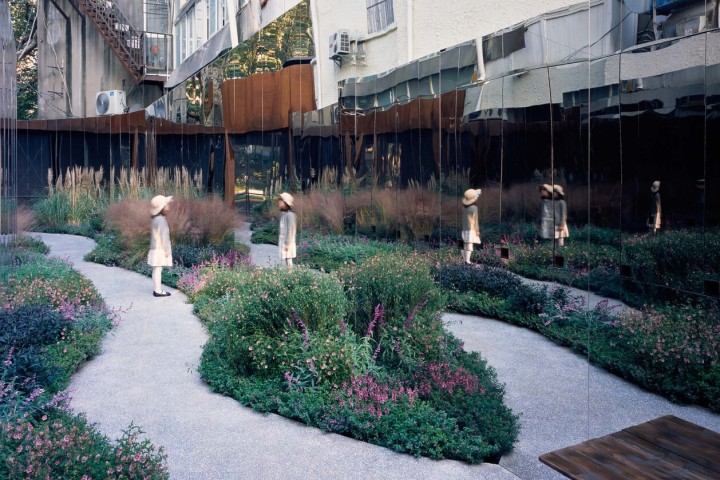
Pocket Park on Xinhua Road, Shanghai by SHUISHI. Image © Hao Chen
Environmental neuroscience is an emerging field devoted to studying the impact of social and physical environments on brain processes and behaviour. From the various opportunities for social interaction to noise levels and access to green spaces, the characteristics of the urban environment have important implications for neural mechanisms and brain functioning, thus influencing our physical state. The field paints a different image of how cities impact our health and well-being, thus providing a new, scientific layer of understanding that could help architects, urban planners, and decision-makers create more equitable urban environments.
The difference between space psychology and environmental neuroscience is the object of study. While space psychology studies the impact of the surrounding on behaviour, thoughts and feelings, environmental neuroscience studies how the environment impacts biological processes, the brain and the nervous system. Environmental neuroscience uses brain imaging techniques, eye tracking machines, and statistical models to quantify the relationship and interactions between the individual and the environment. Compared to environmental or space psychology, the field is relatively new and circumscribes a wide array of topics.
Neuroscience and the Built Environment
Another interaction between design and neuroscience is neuroarchitecture, an interdisciplinary field that aims to measure the changes in the brain and body due to the interaction with the built space. At the same time, neurourbanism spans neuroscience, architecture, urban planning, and sociology and aims to “understand the mental health challenges of city living”. Whichever the case, within these varied and overlapping emerging fields, neuroscience is making its way into architecture and urban planning, with the prospect of informing policy development and creating more healthy built environments.
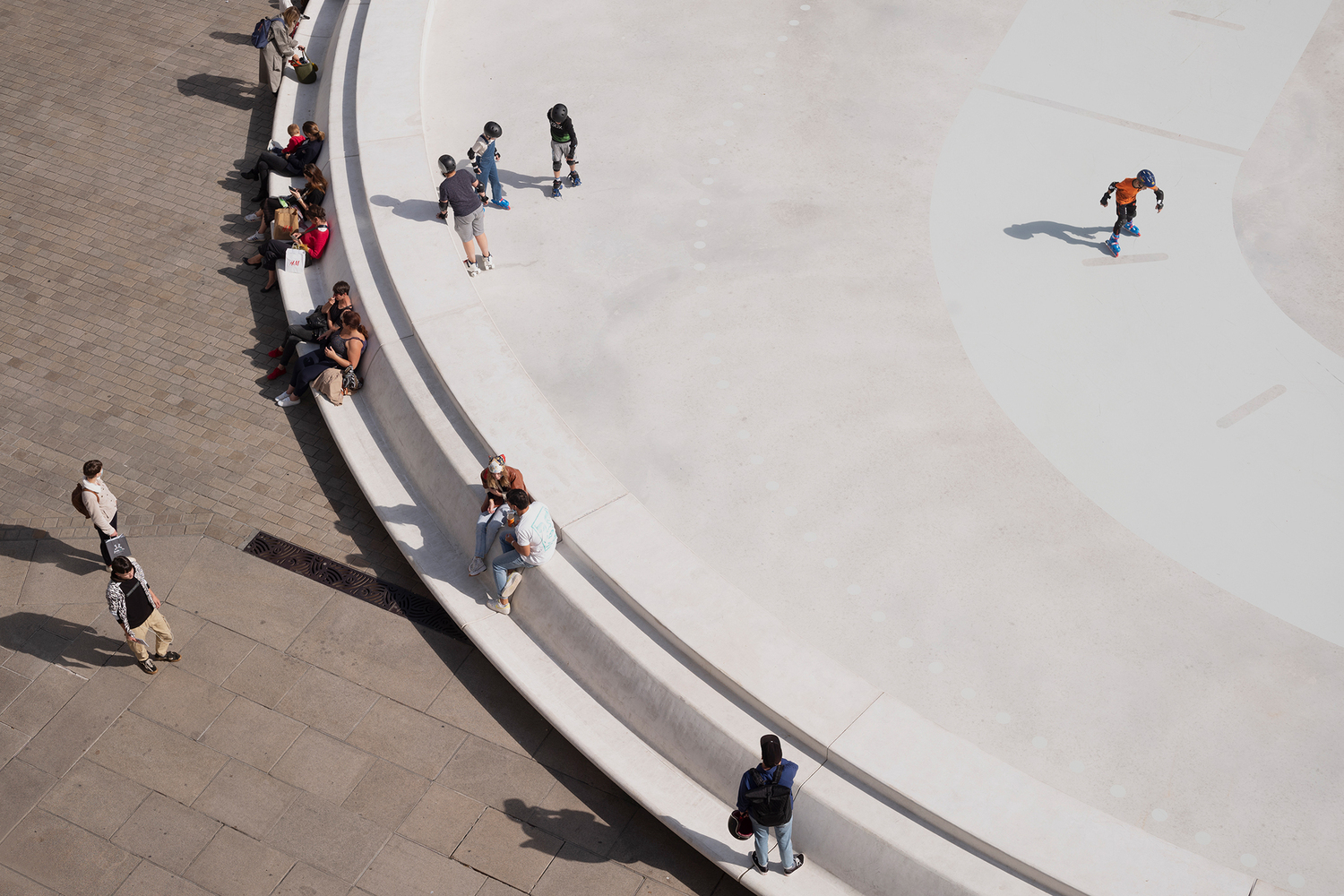
Versus Installation by TITAN. Image © Julien Lanoo
As a more human-centric approach has gained momentum in recent years, there is an incentive to understand how people perceive and respond to their surroundings. The Centre for Design +Health at the University of Virginia used mobile electroencephalography, or mobile EEG, to explore “what happens in the brain as it navigates the city”, essentially registering the emotions and behaviours triggered by the built environment. By testing new tools and urban analysis methods, the research project aims to understand how different urban spaces are conducive to specific activities or the well-being benefit of elements such as public art.
Informing Urban Design
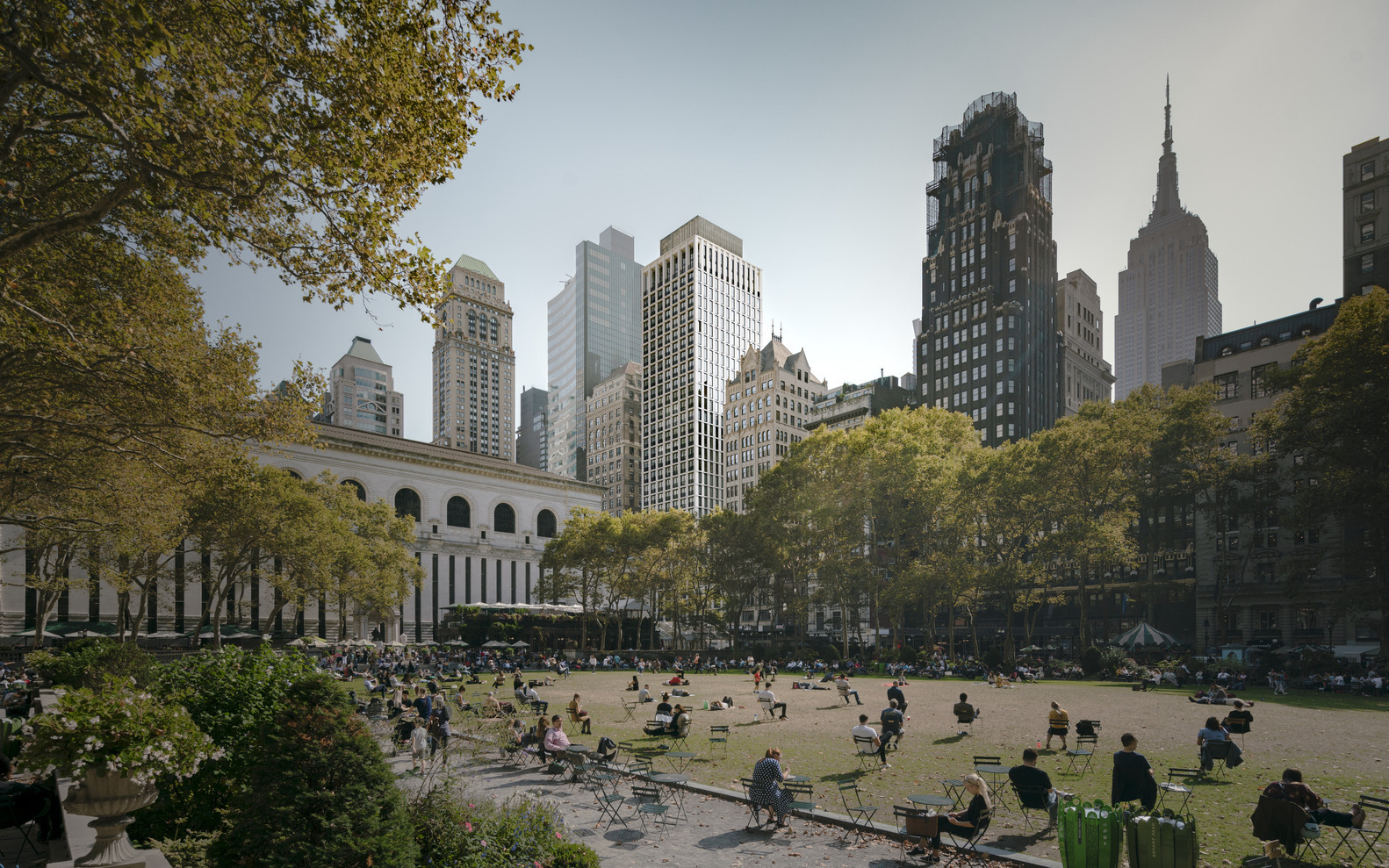
Simon Menges
It is commonly accepted that green spaces in cities are fundamental for the well-being of citizens. Still, the Environmental Neuroscience Lab at the University of Chicago found that even brief interactions with natural environments such as walking in the park can improve memory and attention by 20%. This quantifiable impact on productivity can have implications for the design of working environments or the urban settings of educational facilities. The pandemic has brought access to outdoor space into sharp focus, and as cities made adjustments in how they allocate public space, the green inequity became painfully apparent. Studies have shown that access to green spaces can help bridge income-related health inequalities; therefore, while tackling income inequality is not within the attributes of architects and urban designers, the profession can address the issue through the provision of more green areas in low-income communities.
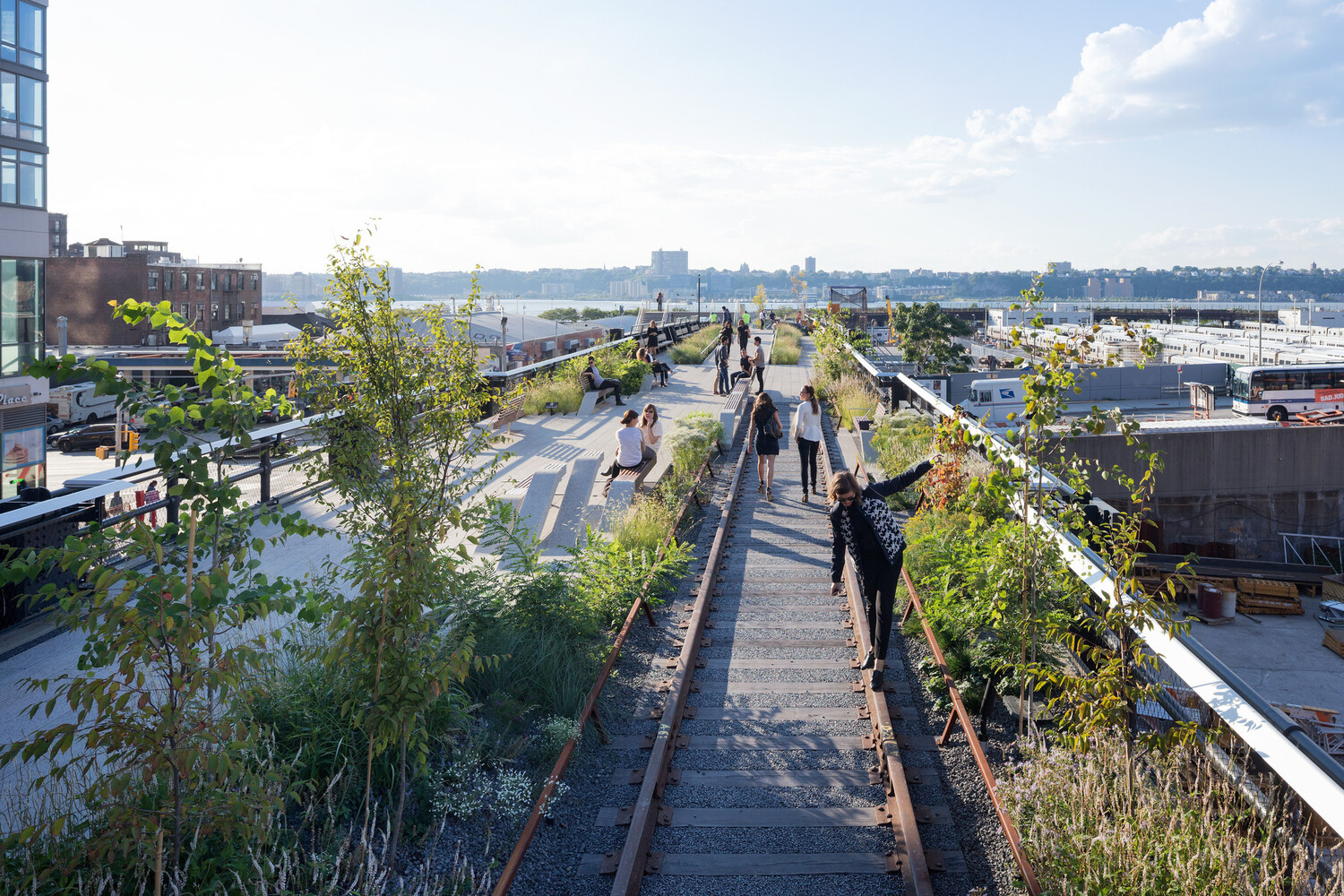
High Line At The Rail Yards. Image © Iwan Baan
Alternatively, although cities have a greater prevalence of mental health problems than rural areas, another study conducted by the Environmental Neuroscience Lab at the University of Chicago highlighted how large cities foster lower rates of depression compared to small towns or suburbs. The fact was considered the result of more frequent opportunities for social interaction within the public space, a character which architects and urban planners constantly seek to facilitate and premeditate through design. Conducted before the pandemic, the research also brings a new perspective to the exodus from highly dense cities catalyzed by the health crisis and its long-term repercussions not only on urban life but the well-being of city dwellers.
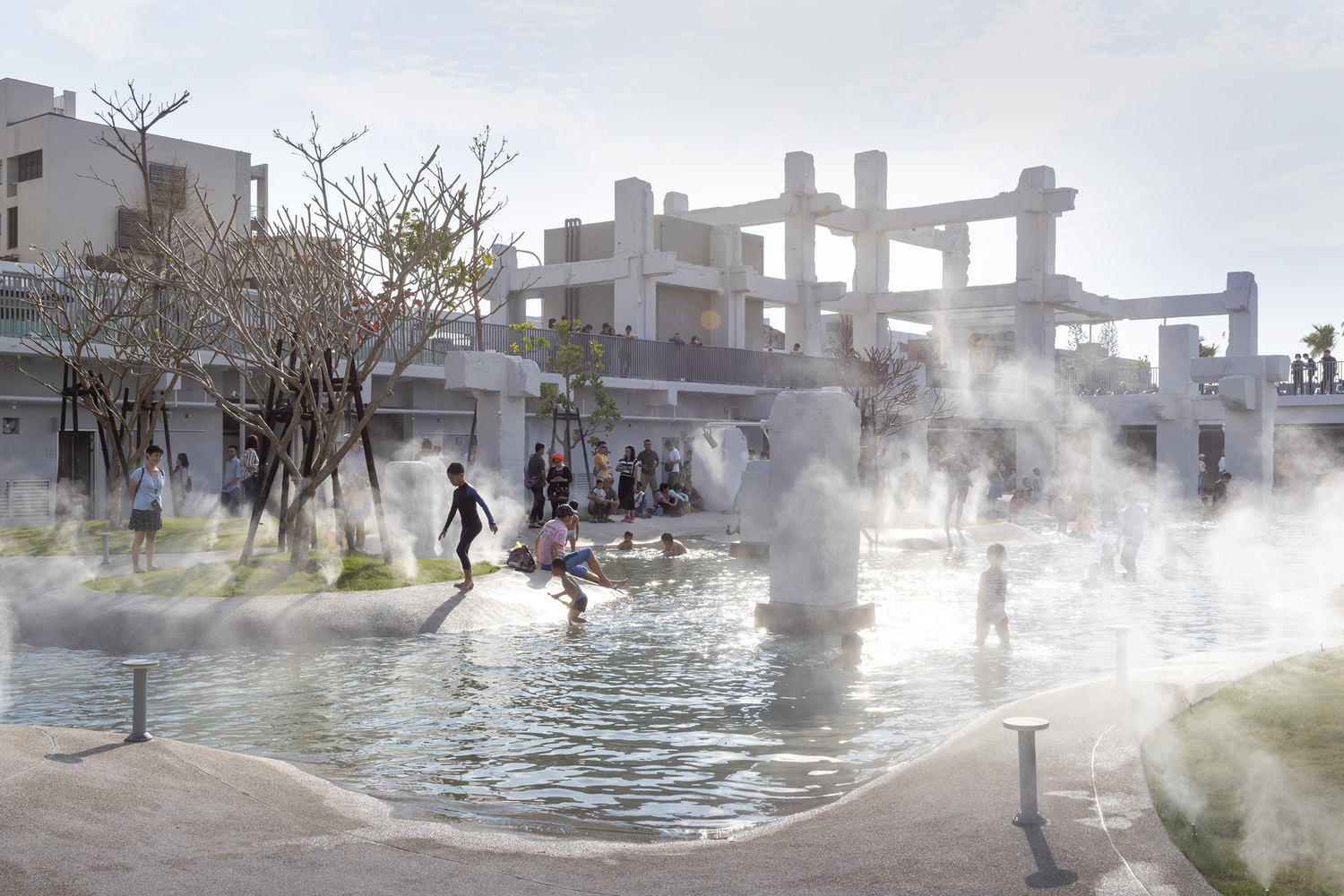
Tainan Spring by MVRDV. Image © Daria Scagliola
What urban planners and thinkers like Christopher Alexander, William H. Whyte, or Jahn Gehl have discovered through careful observation, environmental neuroscience confirms through scientific data. As architecture and urban planning are becoming collective and transdisciplinary endeavours and as the design process is being informed by increasingly more diverse fields of knowledge, environmental neuroscience provides yet another professional expertise on which to anchor design decisions and urban policies. The research conducted in this emerging field is meant to influence the design of physical environments to optimize mental and physical health and well-being.
This article is part of the ArchDaily Topic: Equity. Every month we explore a topic in-depth through articles, interviews, news, and projects. Learn more about our monthly topics. As always, at ArchDaily we welcome the contributions of our readers; if you want to submit an article or project, contact us.

